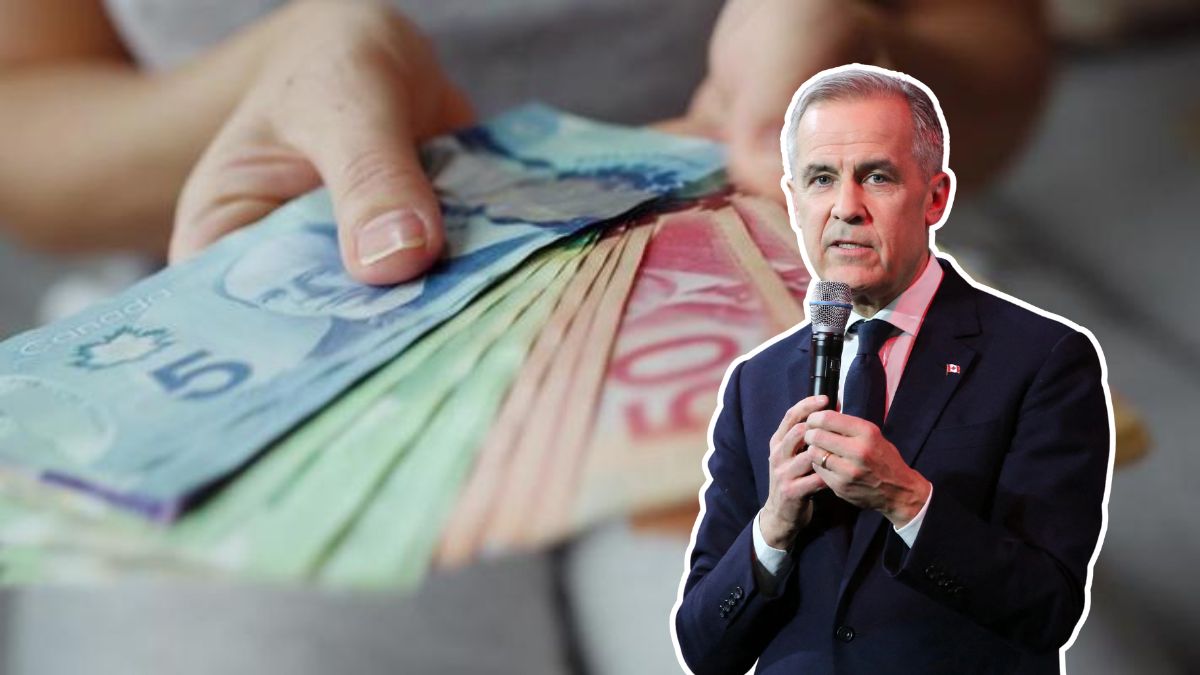In 2025 Canadian households will receive higher Canada Carbon Rebate (CCR) payments, with some families collecting as much as $1,120 annually. The rebate, issued quarterly and completely tax-free, offsets costs created by federal carbon pricing while putting direct cash back into households.
For rural Canadians, payments rise even further thanks to a 20% rural supplement, acknowledging higher heating and travel expenses in communities with fewer transit options.
Key Changes in 2025 (Canada Carbon Rebate Updates)
The CCR program has been in place for several years, but 2025 introduces new enhancements designed to increase support while Canada advances its climate agenda:
- Higher quarterly payments for individuals, couples, and families.
- Automatic distribution through direct deposit or mailed cheque.
- Eligibility based on 2024 tax returns—no separate application needed.
- 20% rural supplement for qualifying households.
- Payment levels adjusted to match rising carbon prices.
These reforms strike a balance between climate action and financial stability for Canadian families.
Provincial Payment Amounts for 2025
The amount you receive depends on your province of residence and family size. Payments are issued four times a year.
| Province | Individual | Couple | Family of 4 | Rural Supplement |
|---|---|---|---|---|
| Alberta | $140 | $210 | $280 | +20% |
| Ontario | $110 | $165 | $220 | +20% |
| Manitoba | $120 | $180 | $240 | +20% |
| Saskatchewan | $130 | $195 | $260 | +20% |
| Nova Scotia | $100 | $150 | $200 | +20% |
| Newfoundland | $105 | $157 | $210 | +20% |
Example: A family of four in Alberta will get $280 per quarter, totaling $1,120 annually. If they live in a rural area, that climbs to $1,344 annually.
Payment Schedule (2025–2026)
CCR payments are made quarterly, with four confirmed dates ahead:
- July 2025
- October 2025
- January 2026
- April 2026
Households registered for direct deposit will receive funds on the payment date. Those waiting for cheques may see delays of a week or more.
Why the CCR Matters for Families
The CCR is more than just a rebate—it is a financial safety net. Most households receive more money back than they pay in carbon costs. This income can help cover:
- Heating bills during cold winter months.
- Gasoline costs for commuting or essential travel.
- Grocery bills, which are affected by transport and fuel costs.
At the same time, it ensures that the burden of pollution falls on large emitters, not everyday Canadians.
Environmental Benefits of the Carbon Rebate
Beyond affordability, the CCR strengthens Canada’s environmental policies by:
- Encouraging households to adopt energy-efficient practices.
- Reducing exposure to global fuel price fluctuations.
- Holding major polluters accountable for emissions.
- Helping Canada meet national climate targets under international commitments.
By tying carbon pricing to direct household rebates, the government ensures Canadians support climate policy without being left financially vulnerable.
Preparing for Your CCR Payment
To ensure you don’t miss out on the rebate:
- File your 2024 tax return on time – this is how eligibility is determined.
- Sign up for direct deposit with the CRA to receive payments faster.
- Check your rural status if you live outside a major metropolitan area.
- Verify your address and banking info in CRA My Account.
Following these steps will guarantee your quarterly rebates arrive smoothly.
FAQs: Canada Carbon Rebate 2025
1. How much will families receive in 2025?
A family of four in Alberta will receive $1,120 annually, while in Ontario the amount is $880. Rural families get an additional 20% supplement.
2. When are the next payments scheduled?
Payments will be issued in July 2025, October 2025, January 2026, and April 2026.
3. Do I need to apply for the CCR?
No application is required. Filing your taxes automatically qualifies you for the rebate.
4. Who is eligible for the rebate?
Any household in provinces where the federal carbon pricing system applies (Ontario, Alberta, Manitoba, Saskatchewan, Nova Scotia, Newfoundland). Residents must file a 2024 tax return.
5. Why do rural families get more?
Rural residents receive a 20% supplement to account for higher heating and travel costs where public transit options are limited.





